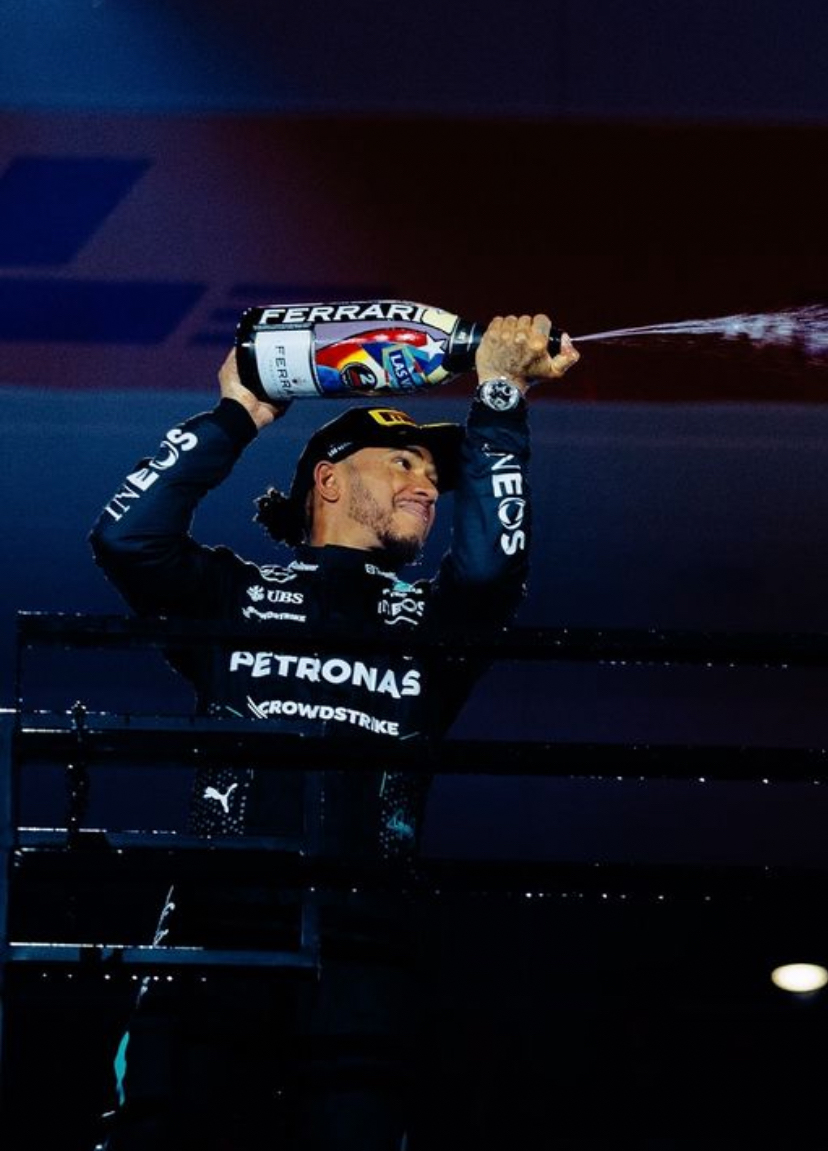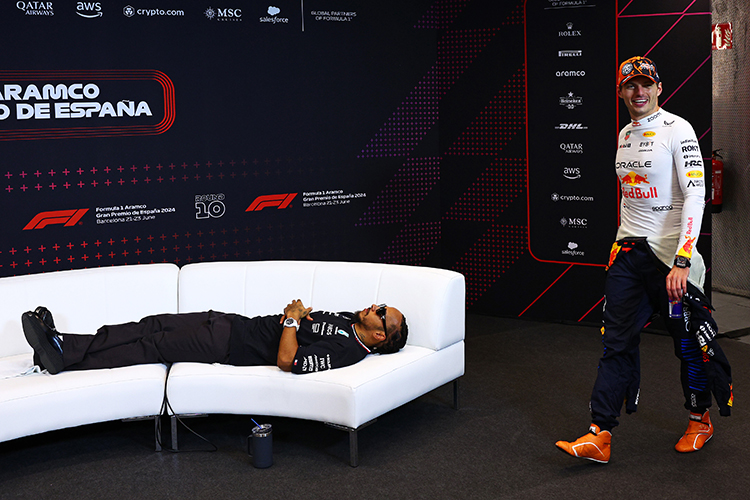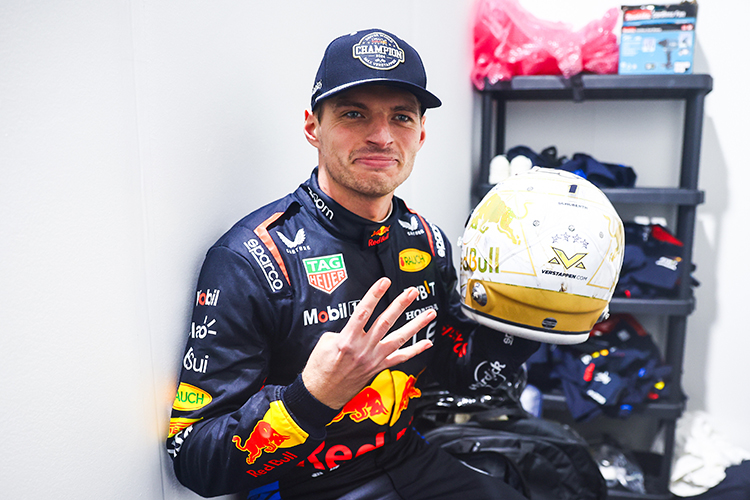What Is Inside a Formula 1 Helmet? F1 Helmet Anatomy

Formula 1 World Champions: A legacy of racing legends
What is inside a F1 helmet?
The Anatomy of a Formula 1 Helmet
Discover the advanced technology and safety features inside a Formula 1 helmet. Learn how F1 helmets protect drivers at high speeds while ensuring comfort and performance.
The Anatomy of a Formula 1 Helmet
Formula 1 helmets are at the forefront of safety and innovation, designed to protect drivers at speeds exceeding 200 mph. Combining advanced technology, cutting-edge materials, and meticulous engineering, these helmets are critical to driver safety and performance. Let’s explore the components that make up an F1 helmet.
Outer Shell
Materials
The outer shell is crafted from lightweight yet incredibly strong materials such as carbon fiber, Kevlar, and composite materials. Carbon fiber, in particular, provides a superior strength-to-weight ratio, ensuring maximum protection without adding unnecessary weight.
Design
Every helmet is aerodynamically optimized to reduce drag and prevent lift at high speeds. While teams often customize the design to match their branding, aerodynamic efficiency remains a priority.
Inner Liner
EPS Foam
The inner liner consists of expanded polystyrene (EPS) foam, designed to absorb impact energy. This foam compresses during collisions, reducing the force transferred to the driver’s head.
Multi-Density Foam
Many helmets incorporate layers of multi-density foam to handle impacts of varying intensities, enhancing energy absorption efficiency.
Padding and Comfort Liner
Custom Fit
Each helmet is custom-made to fit the driver’s head precisely, ensuring a snug, secure fit that minimizes movement during high-speed maneuvers.
Anti-Microbial Fabric
The comfort liner features anti-microbial, moisture-wicking materials to keep the driver’s head cool and dry during long races. These fabrics enhance comfort and hygiene.
Visor
Materials
The visor, made from polycarbonate, offers robust protection against debris and UV light. It features anti-scratch and anti-fog coatings to maintain clarity in challenging conditions.
Tear-Off Strips
Drivers use tear-off strips on the visor to quickly remove dirt, debris, or water during races, ensuring uninterrupted visibility.
Ventilation System
Airflow Channels
Modern helmets include advanced ventilation systems with channels that direct airflow, regulating temperature and keeping the driver comfortable.
Adjustable Vents
Some helmets feature adjustable vents that drivers can modify during races, offering personalized airflow for optimal comfort.
Communication Systems
Integrated Radio
F1 helmets are equipped with integrated radios, including speakers and noise-canceling microphones, allowing drivers to communicate clearly with their teams despite the engine noise.
Data Ports
Some helmets include data ports for real-time biometric monitoring, enabling teams to track the driver’s physical condition during the race.
Safety Standards
FIA Homologation
All F1 helmets must meet the stringent safety standards set by the Fédération Internationale de l'Automobile (FIA). These helmets undergo rigorous tests for impact resistance, flame resistance, and penetration protection. Only FIA-homologated helmets are approved for race use.
Conclusion
An F1 helmet is a marvel of modern engineering, providing drivers with unparalleled safety and comfort. From advanced materials to custom fabrication and integrated technologies, these helmets allow drivers to focus on racing at the limit, knowing they are protected by the best safety equipment in motorsport.
Up Next


